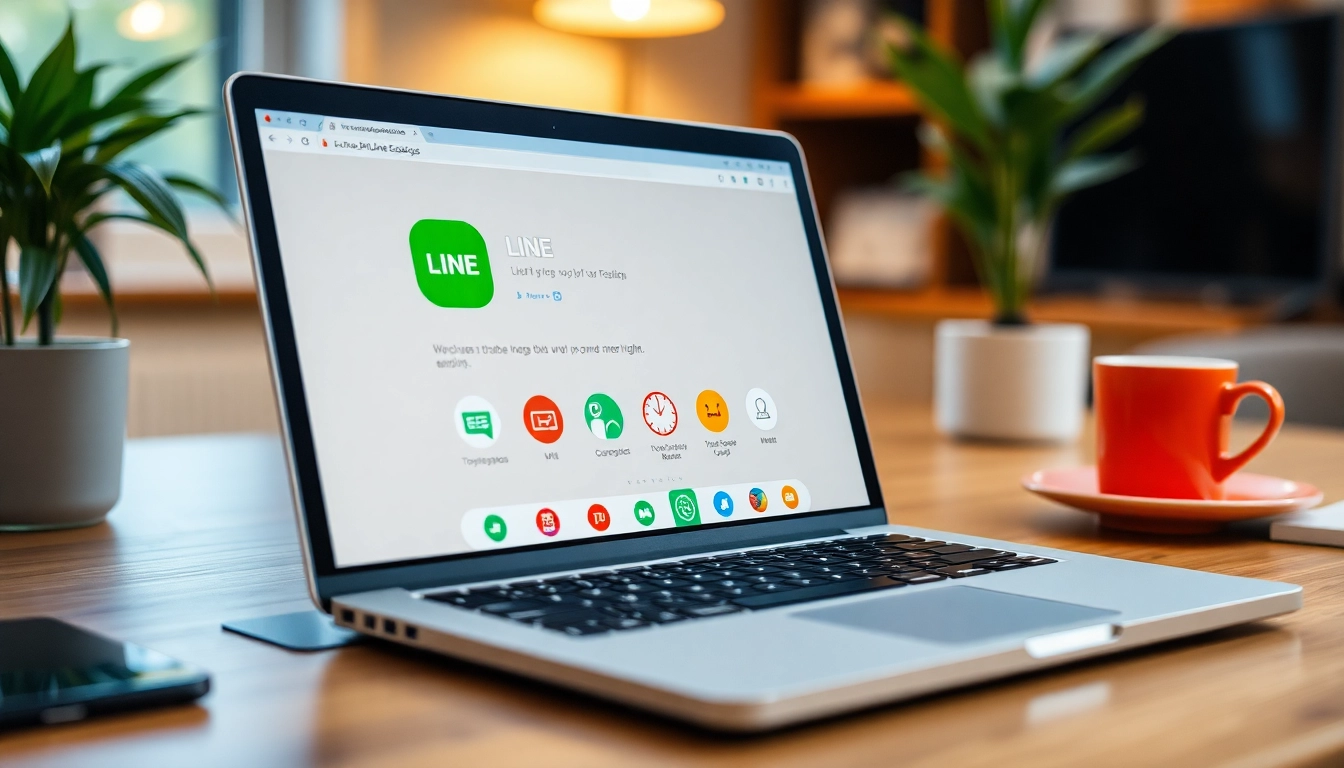Understanding the Role of an AI Checker
As the digital landscape evolves, so does the manner in which content is created, consumed, and evaluated. One of the most transformative advancements in this realm is the emergence of AI-generated content, which has sparked a crucial need for reliable verification tools, commonly known as ai checkers. These tools ensure that the authenticity of content can be reliably assessed and that the integrity of digital information can be maintained.
What Is an AI Checker?
An AI checker is a tool designed to analyze text and determine whether it has been generated by an artificial intelligence model. These checkers utilize sophisticated algorithms and machine learning techniques to evaluate linguistic patterns, stylistic attributes, and anomalies that distinguish human-generated text from machine-created content. The ability to accurately identify AI-generated content is increasingly vital across various sectors, including education, publishing, and digital marketing.
How AI Checkers Work
AI checkers function through a multi-faceted approach that typically involves several key processes:
- Text Analysis: The AI checker breaks down the text into various components such as syntax, semantics, and structure. It utilizes Natural Language Processing (NLP) to evaluate the text based on predefined characteristics of both human and AI writing.
- Pattern Recognition: Advanced algorithms are developed to recognize specific patterns associated with AI-generated content. This includes analyzing sentence diversity, vocabulary richness, and common AI-generated phrases.
- Model Comparison: The tool often cross-references identified patterns with datasets from known AI models like GPT-3, ChatGPT, or others to verify the origin of the content.
- Scoring System: Most AI checkers provide a scoring system, indicating the likelihood that the text is AI-generated. This can help users gauge how much revision may be necessary to maintain authenticity.
Common Use Cases for AI Checkers
AI checkers find application in various fields, fostering authenticity and integrity. Here are some of their common use cases:
- Academic Integrity: Schools and universities use AI checkers to ensure that students produce original work, maintaining standards of academic honesty.
- Content Verification: Publishers and journalists utilize these tools to verify the authenticity of submissions, ensuring they adhere to editorial standards.
- Marketing: Marketers deploy AI checkers to validate content for campaigns, ensuring their messaging is genuine and not AI-generated, which is crucial for brand integrity.
- Detection of Misinformation: In an era rife with misinformation, AI checkers can help identify potentially deceptive content, facilitating more informed public discourse.
Advantages of Using an AI Checker
Enhancing Content Authenticity
By validating the originality of written material, AI checkers significantly bolster content authenticity. This is vital in an age when misinformation can easily spread. When publishers, educators, or businesses employ these tools, they are not just protecting themselves from potential fraud but also building trust with their audiences.
Improving Academic Integrity
Academic institutions increasingly rely on AI checkers to uphold standards of integrity. This vigilance combats the threat of plagiarism and encourages students to develop their writing skills rather than resorting to AI-generated shortcuts. Using AI checkers fosters an environment where original thought is prioritized.
Streamlining Content Creation
For content creators, the use of AI checkers can streamline the editorial process. By quickly assessing whether a draft may be flagged as AI-generated, writers and editors can focus their revisions where needed, enhancing efficiency. This not only saves time but also fosters a culture of diligence and carefulness in content creation.
Popular AI Checker Tools
Comparative Analysis of Top AI Checkers
With the rise in the demand for AI detection, several tools have emerged, each offering unique features and capabilities. Here’s an overview of some of the leading AI checker tools:
- ZeroGPT: Recognized for its multi-stage methodology, ZeroGPT accurately determines if text is AI-generated through an array of analysis techniques.
- QuillBot: Known for its user-friendly interface, QuillBot’s free AI detector analyzes text from prominent AI platforms like GPT-4 or Gemini, making it an accessible choice for many.
- Grammarly AI Detector: This tool not only enhances grammar but also detects AI-generated content, providing a comprehensive writing solution.
- GPTZero: Featured prominently in the media, GPTZero is acclaimed for its accuracy and ability to check larger character counts, catering particularly to educational institutions.
- Scribbr: Tailored for academic settings, Scribbr’s AI detector is a reliable tool for verifying submissions and assignments.
- Copyleaks: This tool boasts multi-language support and a high detection accuracy rate, making it suitable for a global audience.
Key Features to Look for in an AI Checker
When selecting an AI checker tool, it is essential to consider several attributes to ensure that it fits your needs:
- Accuracy: The primary objective of using an AI checker is to achieve high detection accuracy rates. Look for tools that provide metrics on their detection precision.
- User Experience: An intuitive interface can significantly improve workflow efficiency. Tools that offer user-friendly experiences can save time and reduce frustration.
- Integration Capabilities: Checkers that can integrate with other content management systems or writing platforms can streamline the editorial process.
- Data Privacy: Ensure that the tool complies with data privacy regulations to protect sensitive information during the analysis.
- Support Resources: Reliable customer support and comprehensive documentation are invaluable in resolving issues quickly.
User Reviews and Feedback
Reviewing user feedback is an essential part of evaluating AI checkers. Potential users should search for testimonials and experiences shared by others through platforms such as reviews and forums, assessing both positive and negative aspects. High user satisfaction often correlates with a tool’s effectiveness and reliability.
Challenges and Limitations of AI Checkers
Tackling False Positives
One of the primary challenges AI checkers face is the occurrence of false positives—content that is flagged as AI-generated despite being penned by a human. This can arise from certain writing styles or use of specific vocabulary. Tools need to continuously update their algorithms to minimize false flags that can harm creators’ reputations.
Understanding the Limitations of Detection Accuracy
While many AI checkers are burgeoning in terms of technological accuracy, none can claim perfect detection. Various factors, such as the rapid development of AI writing tools and the diversity of human expression, can complicate detection efforts. Users must remain aware of this as they work with these tools.
Technical Challenges in Implementation
Implementing AI checkers can pose technical hurdles, including ongoing requirements for software updates, maintaining server capacities for processing large volumes of text, and ensuring compatibility across diverse content formats. Organizations must prepare for these challenges to derive maximum value from AI detection tools.
Future Trends in AI Detection Technology
Advancements in Machine Learning Algorithms
The future of AI detection lies in more refined machine learning algorithms. Expect to see improvements that allow for more nuanced understanding of context and meaning. This could significantly enhance the accuracy of AI checkers by enabling them to differentiate more effectively between human and AI creations.
Integrating AI Checkers with Other Tools
Future AI checkers are likely to integrate more seamlessly with other tools from content creation suites to plagiarism checkers. This integration will enhance workflows, allowing users to access comprehensive solution packs that cover multiple aspects of content creation and verification.
Predictions for the AI Ecosystem
The AI ecosystem will continuously evolve in response to emerging threats and opportunities in content creation. As AI writing tools become more sophisticated, so will the strategies for verifying authenticity. This dynamic interaction will likely foster academia and industry standards for publishing, aiming for higher levels of trust and integrity.



